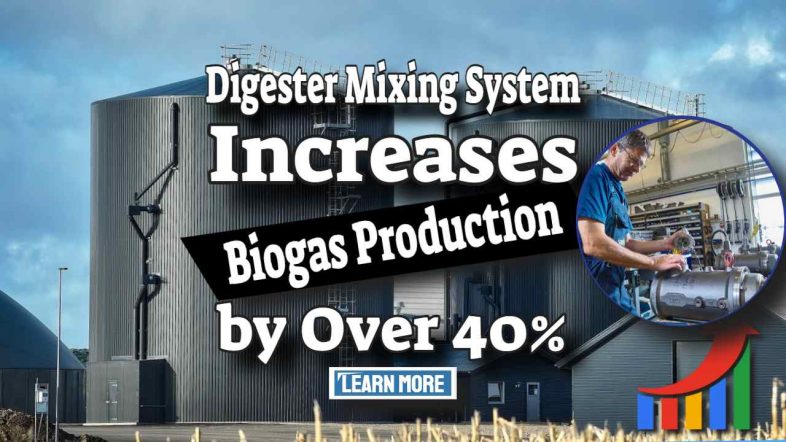Make no mistake, there have been significant advancements in food waste depackaging and separation equipment in recent years.
The industry is moving away from first-generation equipment, which consisted of repurposed machines originally designed for MSW sorting, milling, pulping, paper, and card and shredding, and toward purpose-built models that are the result of many years of innovative design.
List Criteria: Depackaging and Separation Machines
We looked for the following characteristics in the listed equipment:
- Acceptance of a diverse range of biowastes, ranging from OFMSW (Organic Fraction of Municipal Solid Waste) to "Out of Specification." Food-processing-industry-related products
- Off-the-shelf, tried-and-true designs are preferred over one-of-a-kind, custom-designed prototype equipment.
- A process philosophy which avoids creating microplastics.
In contrast to suppliers who offer separate units for each function, such as bagging, the new generation of this equipmentis integrated and carries out multiple functions in a single process stage.
such as bag opening and shredding followed by separation and sometimes multiple other units
Suitability for the equipment to be used in conjunction with the anaerobic digestion process.
The best depackaging equipment will separate and capture organic packaging materials from food waste, and also separate and recycle as much of the reject material (e. g. plastics) as possible.
Subject to regulatory requirements, operators of the new generation of this equipment will be able to benefit from green credentials. These come from reclaiming the organic content of food waste and incorporating it into the highest purity quality, natural compost and sustainable soil products.
In the post CPO26 era, all businesses must not only act in a sustainable way but also make plans and publish targets to decarbonise their whole organisations by 2050 or earlier. One way to do this for any organisation which produces food waste, and even some other previously unused organic materials, is to carry out their own in-house depackaging and separation.
An example of government involvement in this process is the US Food Waste Management Program. This scheme is addressing a major issue of our time that directly affects the human and ecological balance of the environment. That is by reducing methane emissions while also creating renewable energy to displace the use of fossil fuels.
There is no doubt that climate change can be reduced by reducing food waste, and recycling more. Where unavoidable waste still occurs it makes sense to channel it back into the circular economy.
Efficiently depackaging food waste is a key component in this area.
According to the USDA, food waste represents 30 % of all American food manufactured. This can be due primarily to over-consumption in the homes and subsequently. In food production, there are evidently still many wastes generated in even the most sophisticated manufacturing facilities.
We have compiled our waste depackaging and separation equipment supplier list as a resource for all organic waste/ biowaste processors in the hope that we can assist in the selection of the most suitable equipment for their purchasing decisions.
For our list go to our list of food waste depackaging and separation suppliers here.



